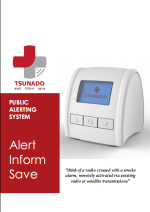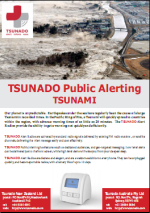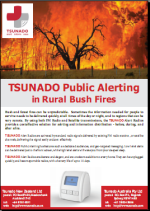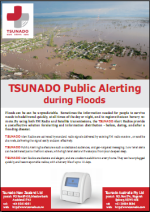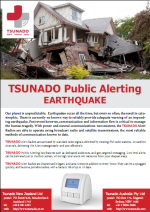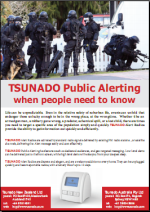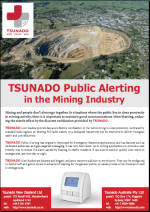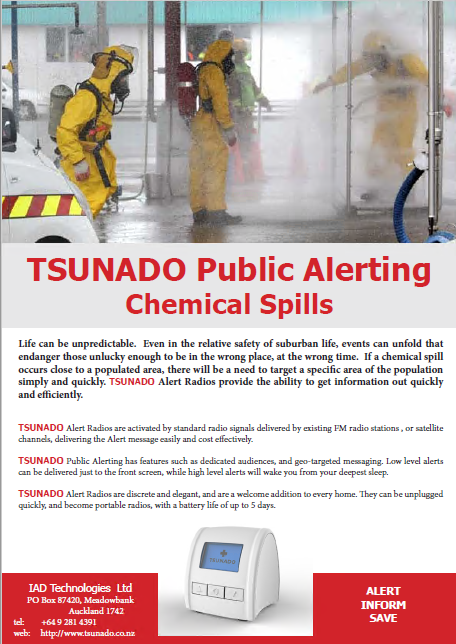-
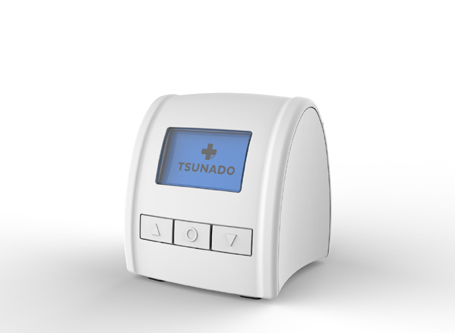
Introduction
Tsunado is a system to distribute Alerts in a Civil Emergency, such as Tsunami, Fire, Flood, Chemical spill, etc. It support graduated alerting, Possible, Probable, and Certain, chosen by the user. -

Alerts
Tsunado Alert radios contain a high intensity alarm, similar to that in a smoke alarm, to get attention any time day or night -
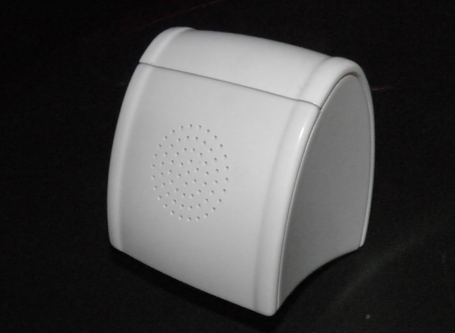
Information
Central to the Tsunado Alert Radio is a radio receiver that can deliver the radio signal through a speaker, informing the public of what to do.
- 1
- 2
- 3
Front Page News
-
Critique of Tauranga City Council Policy
-
Another Quake Hits New Zealand
-
Article in Tauranga Weekend Sun Newspaper
-
Earthquake hits East Cape in New Zealand
-
Callaghan-funded tech gives early warning when disaster looms
-
Innovative Partnership in Emergency Management and Public Alerting
-
NZ technology gives better warnings of disasters
-
Tsunado technology made possible with government funding
-
TSUNADO Trial in Waihi
White Papers
The Three States of Emergency Public Alerting
Communications related to disaster events are important to save lives. This Paper considers the three types of communication that contribute to an effective strategy to ensure that when disaster strikes, there is minimisation of damage to life and property.
A Comparison Between Broadcast Radio and Cellular Technologies for Emergency Public Alerting
TSUNADO New Zealand Limited (aka DIWA) has developed a system for nationwide Public Alerting based on Broadcast Radio technologies. The decision to use Broadcast Radio and Satellite systems as the primary communication channel, as opposed to cellular and internet based technologies, is outlined in this White paper.
Waking a Sleeper
TSUNADOAlert Radios are provided with an internal alert device similar to smoke alarms. This White paper outlines how different and effective the TSUNADO alert is in waking a deep sleeper.
ALERT Get Attention
The prime function for Tsunado alarms is to get the owner's attention, anytime day or night.
Read MoreINFORM Provide Information
The secondary feature, but by no less important, is to inform the owner of what to do.
Read MoreSave Keep you Safe
By delivering alerts quickly and informing owners of what to do, Tsunado saves lives.
Read MoreTauranga City Council has published on it's website a policy for sirens and alerting in Tauranga.
The article linked to is a response and critique.
